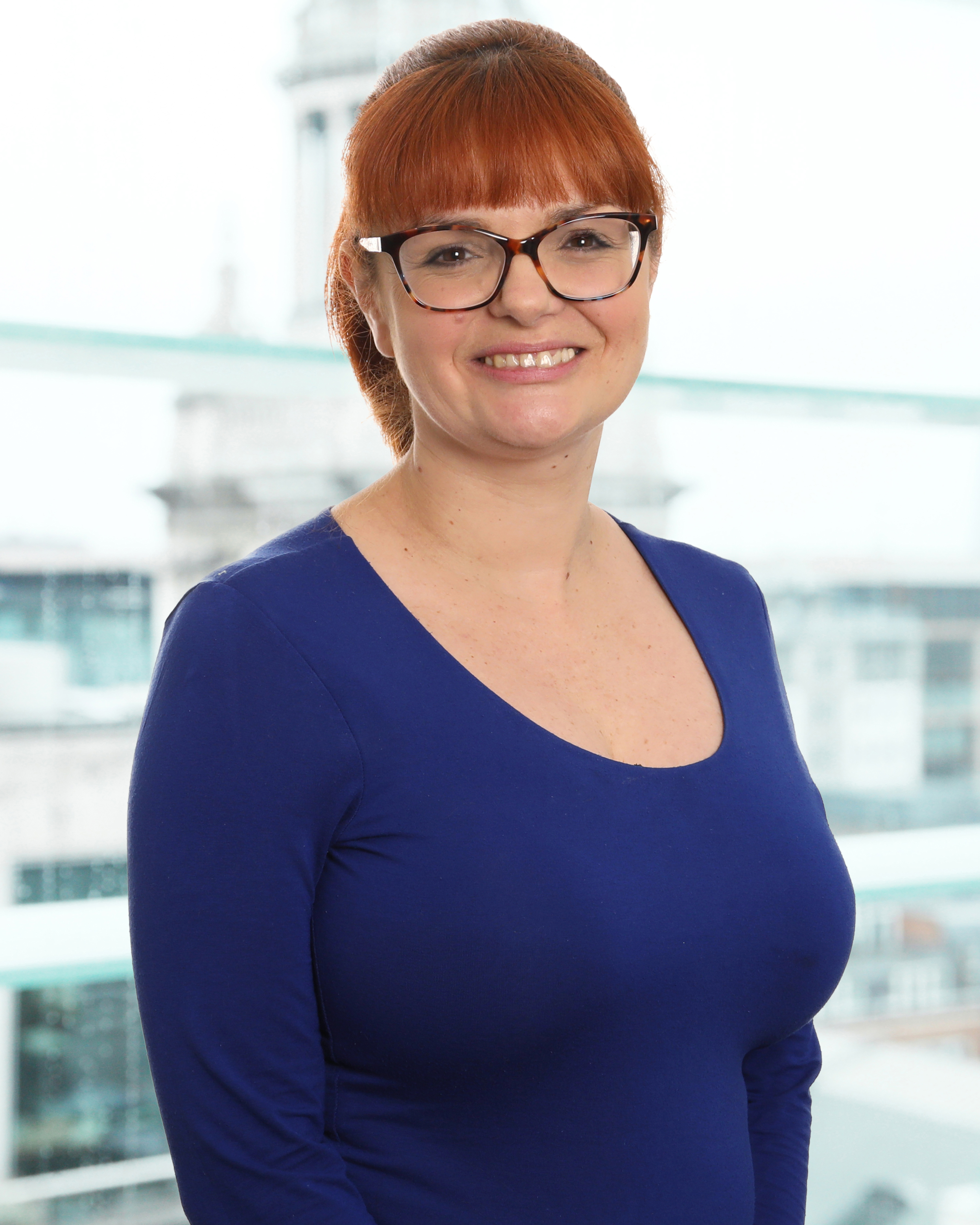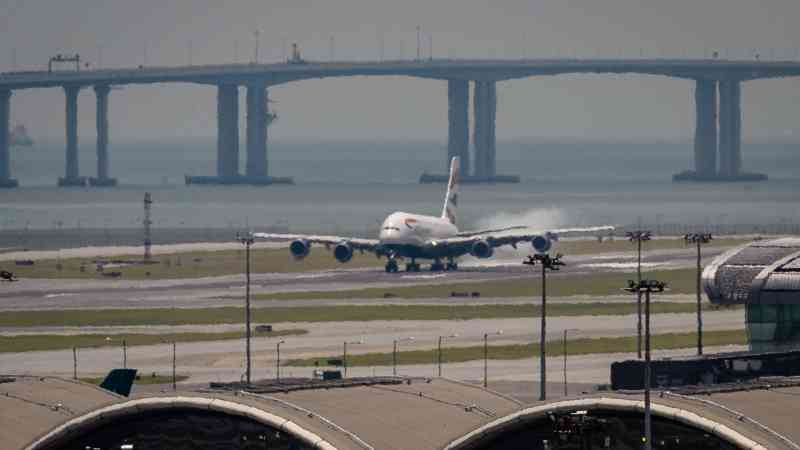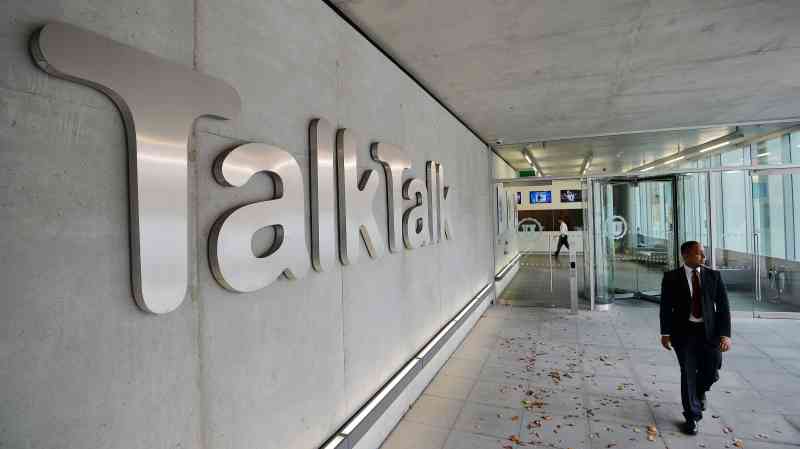Shared parental leave on the rise after birth of a child
The number of parents claiming shared parental leave pay hit 24,700 last year — the first time take-up has exceeded Whitehall expectations of its popularity since the right was introduced in 2015.
Officials believed between 2 per cent and 8 per cent of the estimated 285,000 new fathers in work each year would agree with their partners to make use of the right. It was designed by the coalition government to give parents more choice and flexibility in sharing childcare, encourage fathers to take a more active role and “challenge the assumption of the mother as the primary carer”.
In its first year, only 6,200 people with children born after April 2, 2015 took shared leave. Since then the number has risen each year, reaching 24,700 at the end of 2023, according to figures obtained from HM Revenue and Customs by Eversheds Sutherland, the law firm.
The low overall use of the right has fuelled criticism from HR and employment law experts over its complexity, its generosity — weekly statutory maternity and parental leave is set at less than half the national living wage — and the general awareness of its existence.
The Labour government has pledged to reform the scheme so that all employees are eligible to claim it from the first day on the job, rather than only after 26 weeks of employment, and to ensure the legislation “best supports working families”. An employment rights bill is to be introduced by mid-October, with the government promising that employers will be consulted.
Suzanne Caveney, an employment partner at Eversheds Sutherland, urged the government to look at the lessons from countries such as Sweden and Finland and reform maternity and paternity leave in favour of a right to paid “family leave” for both mothers and fathers.
“In those countries take-up is far higher and I am sure it is not a coincidence,” she said. “We can tinker around the edges of what we have currently got but I think the very low take-up is evidence of the fact that something is not working. A genuine commitment to making work pay for working families is probably going to require something more revolutionary.”

Labour’s pledge to extend the right for shared parental leave, as well as maternity and paternity leave, to day one in a new job, contrasts with the stance adopted by the coalition government in 2013. It said then that it was including the 26 weeks of service condition to “provide employers with certainty when they recruit staff”.
A review of the policy last year by the Department for Business and Trade found that most employees using the scheme worked in public administration, health or education, or business and professional services, and typically had middle management or senior roles.
Caveney said she believed the gradual change in cultural acceptance of shared parenting responsibilities alongside more flexible policies at work “and the enhanced pay that goes with it” was helping to drive up use of the scheme.
“The change coming down the line with the new government, introducing it as a day-one right, is another step forward, but I doubt that we will see huge swathes of people taking shared parental leave as a result, if that is not also coupled with employers not positively embracing it and encouraging it,” she said. “Generally speaking, we tend to find it is those white collar, professional services employers that are ahead of the game, because it costs money to do well.”
A key criticism of the scheme’s original structure is that it is too complex, with various specific notice periods involved and expectant mothers having to agree to waive their rights to some of their 52 weeks of maternity leave so it can be transferred to the father, which usually involves gaining agreement from two employers.
And while many employers enhance the minimum pay offered under maternity leave, topping up and extending the pay beyond the statutory requirement to pay 90 per cent of salary for six weeks and then £184.03 a week for the next 33 weeks, fewer do the same with shared parental leave. The study for DBT found that on average parents on shared leave were paid their full salaries for 5.7 weeks, which represented around a third of their time on leave.
Carlos Pires, a principal associate at Eversheds Sutherland, has taken shared leave twice: once five years ago and more recently two years ago, for four months each time after the birth of both his children.
“My wife and myself had to come to a decision about how much of the leave she would relinquish so I could take shared parental leave,” he said. “It is a difficult decision.
“It is all captured in the cultural piece that historically there has been maternity leave, the mother or primary adopter, takes 12 months off and the man goes back to work. Whilst there has been a gradual shift to what shared parental leave entails, it is nowhere near the place of maternity leave.”
He added: “The reason I could take [the leave] is because of the enhanced payment policy here at Eversheds. Absent that, I would not have been able to take it.”
The government has committed to completing a review of the entire parental leave and pay system within its first year in office.
A DBT spokesperson said: “This government has set out an ambitious agenda to overhaul workers’ rights and make work pay and we will introduce a new employment rights bill within the first 100 days.
“This plan will provide workers with more protections, review parental leave to support working families and improve living standards, helping to boost economic growth and working conditions.”






